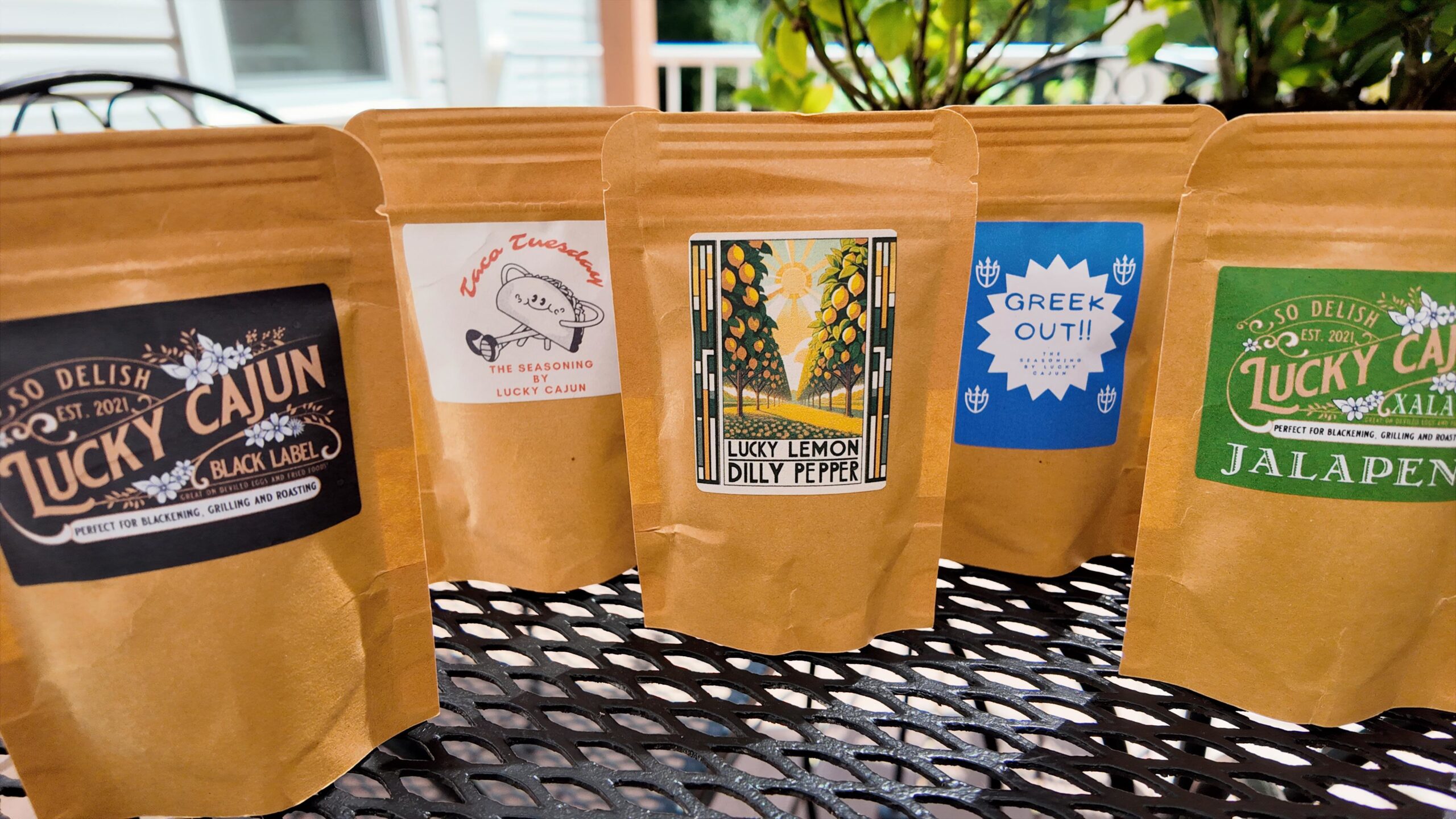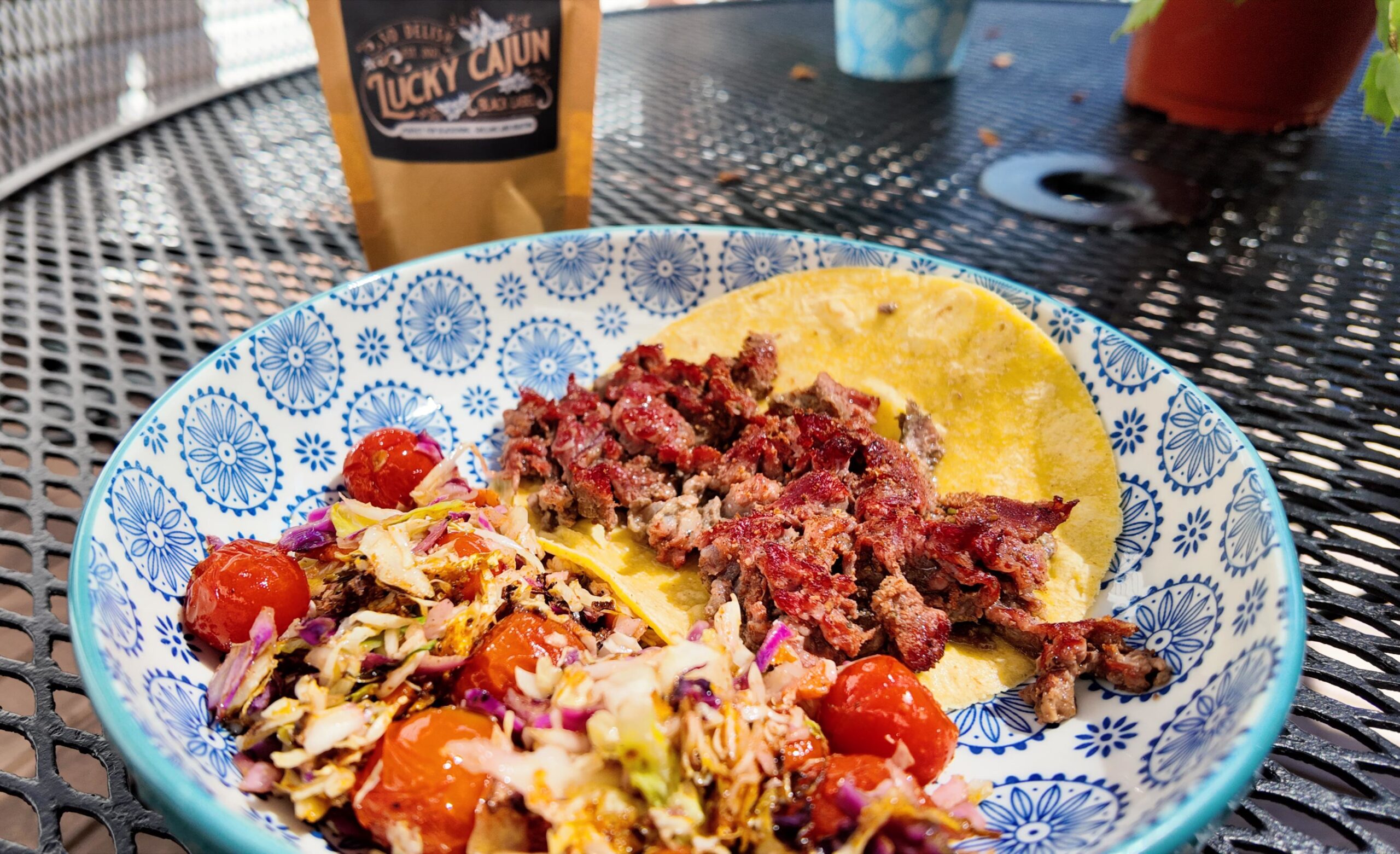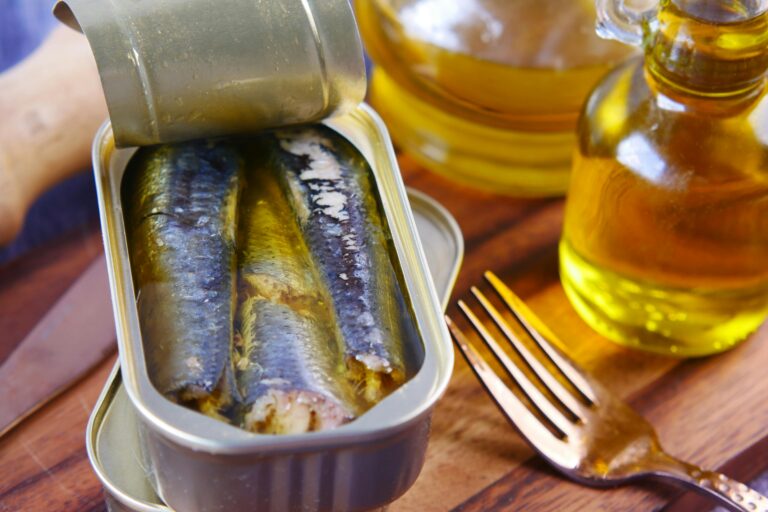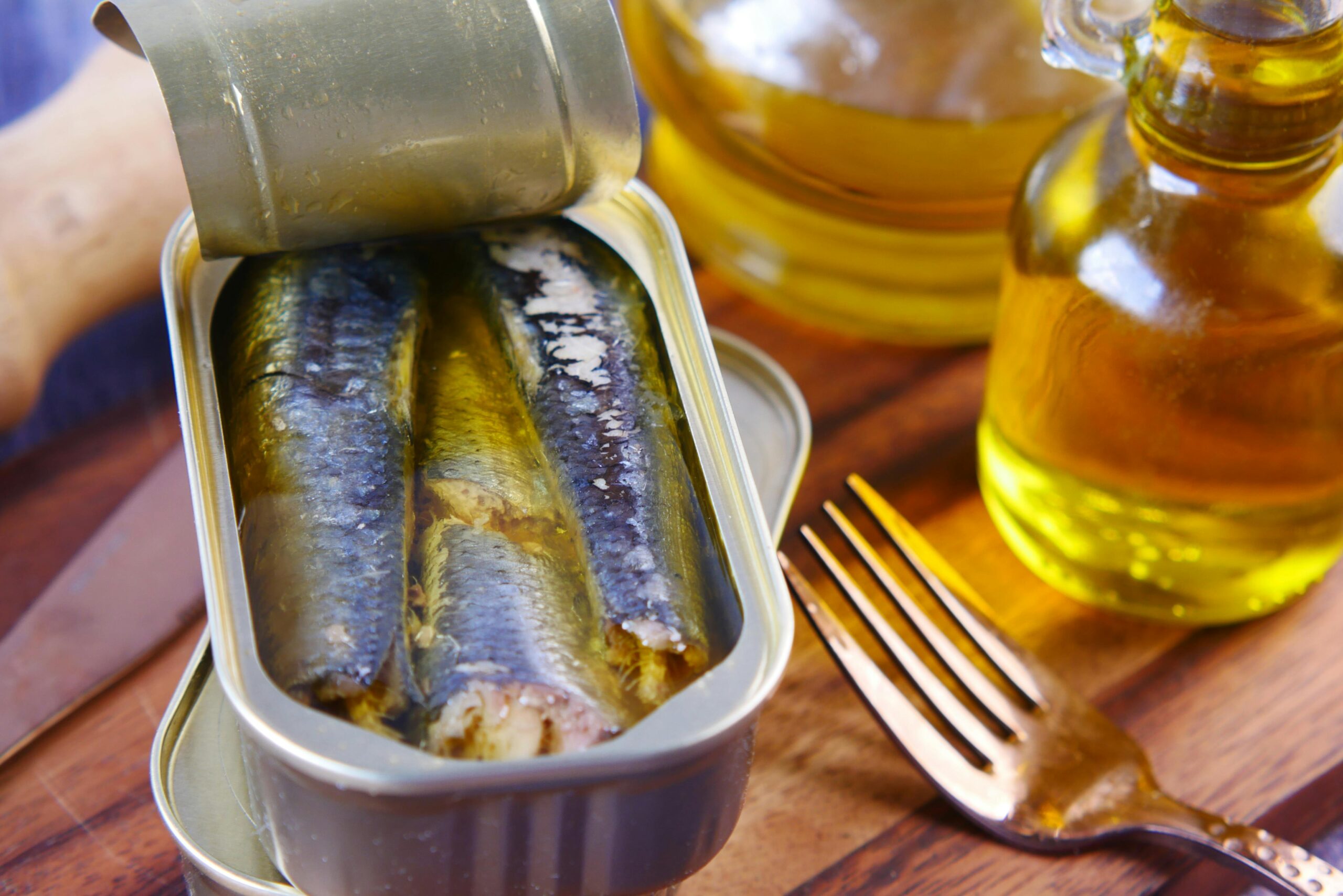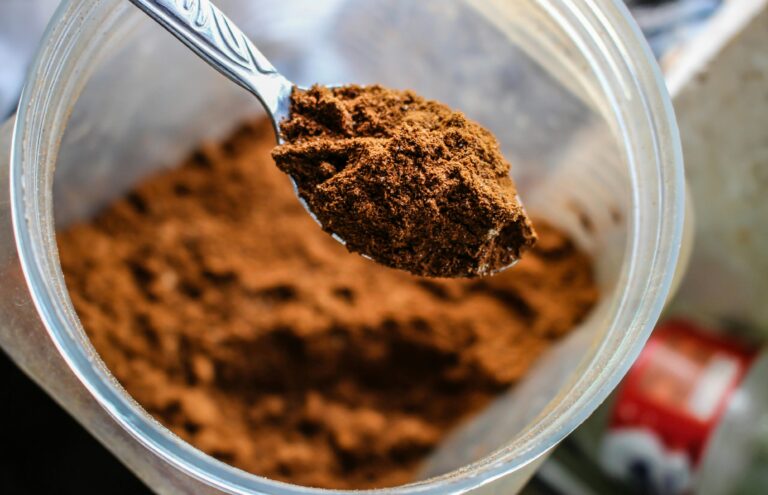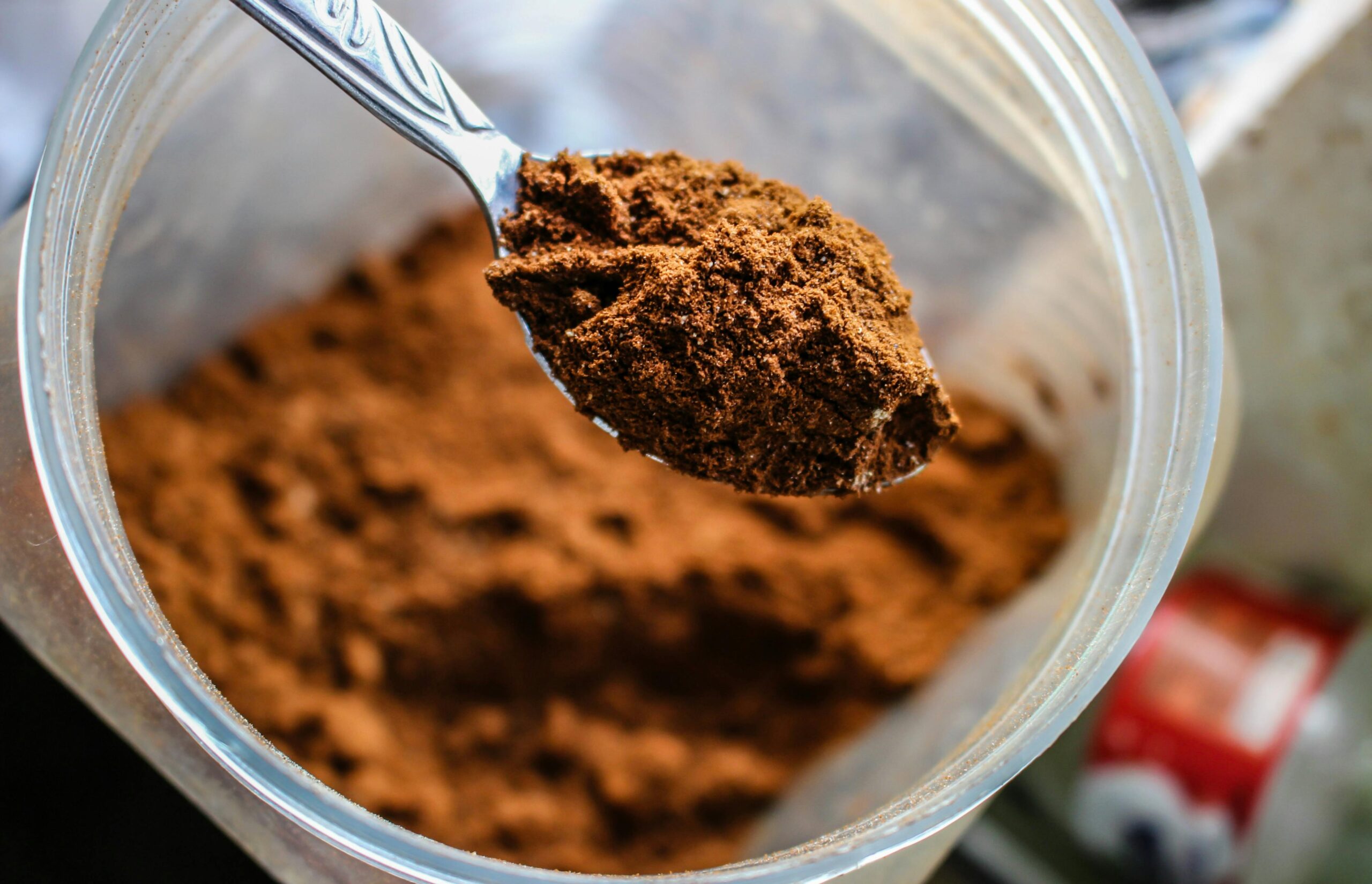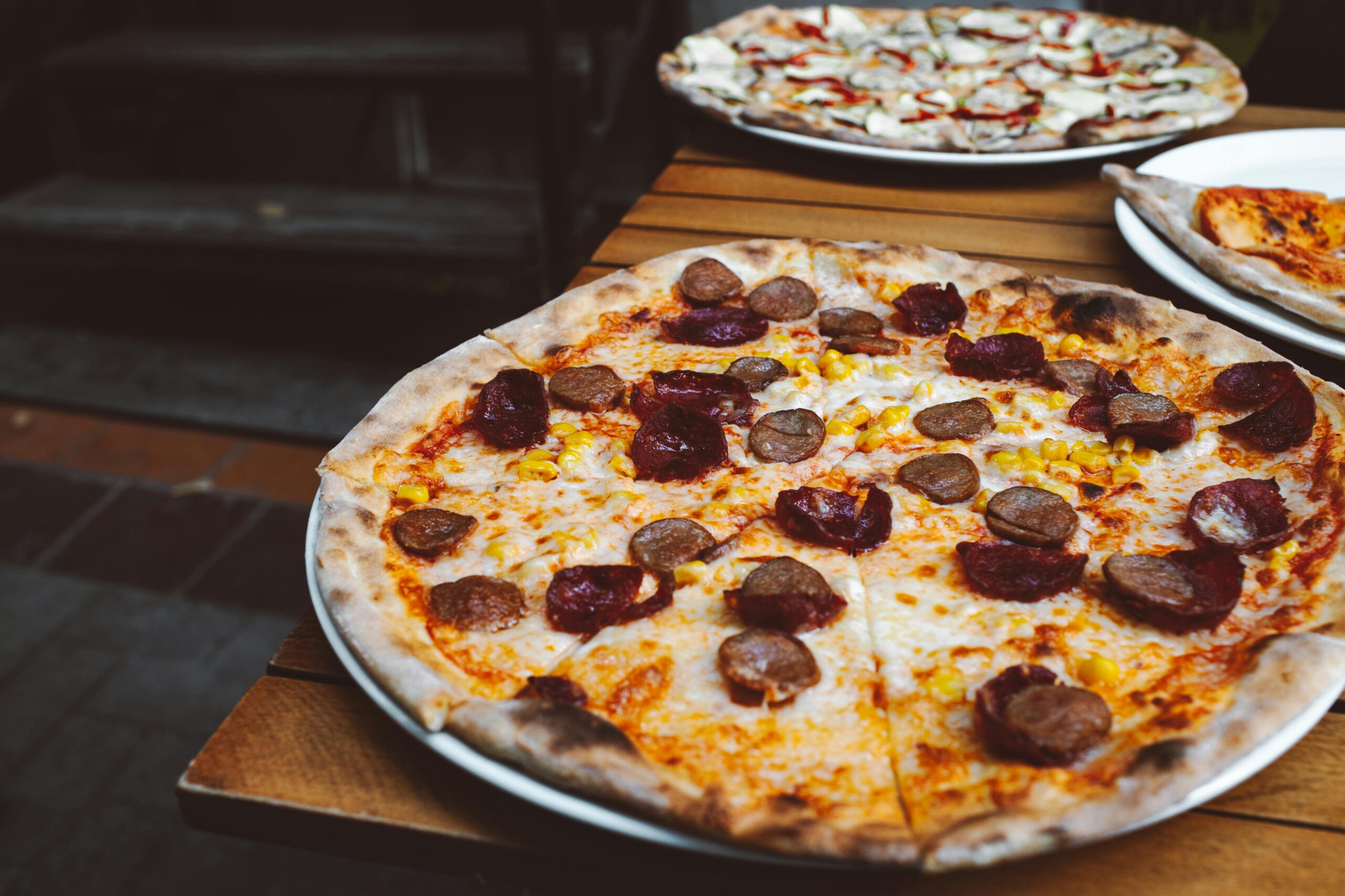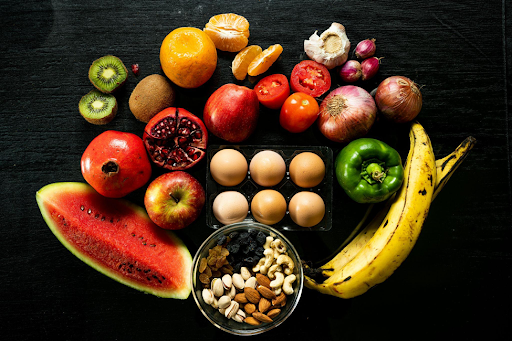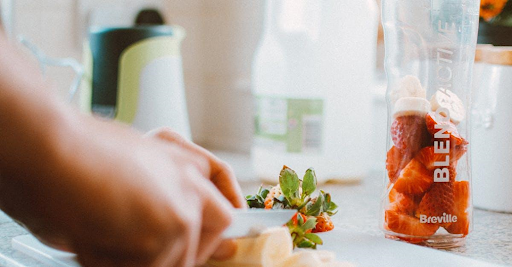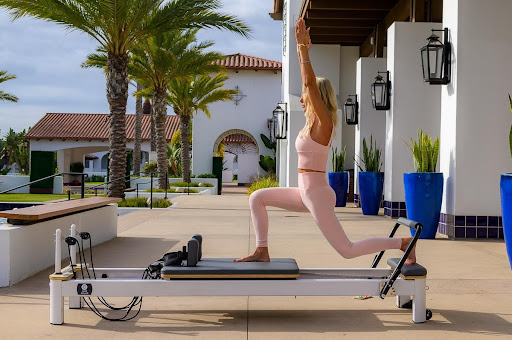
Eating well is often easier said than done. You can set the best intentions, plan healthy meals, and stock your fridge with nutritious options, but sometimes it’s tough to stay consistent. Stress, cravings, and daily routines can throw you off track. That’s where gentle strength training becomes a quiet yet powerful ally.
Instead of chasing punishing workouts, incorporating low-impact movement can make your eating habits more sustainable, help you feel more in control, and even make food more enjoyable. Whether it’s bodyweight exercises, resistance bands, or working with a reformer machine, these small but steady forms of training can complement your healthy eating goals in surprising ways.
Building a Strong Foundation for Better Nutrition
Strength training gives you more than toned muscles. It creates structure and discipline that spill over into your daily food choices. When you train consistently, even at a gentle pace, you naturally begin to think more about what fuels your body. You’ll want meals that energize you, not ones that leave you sluggish.
This shift happens because strength work connects you with your body’s needs. Instead of focusing only on calories or restriction, you start seeing food as something that supports your training. That change in mindset makes it easier to choose nutrient-rich meals, increase your protein intake, and keep balanced snacks on hand. Gentle training also helps you feel capable, which can motivate you to stick to your eating goals with more confidence. Over time, these habits create a steady rhythm between how you move and how you eat, which reinforces both sides of the equation.
Why Gentle Strength Training Pairs Well With Mindful Eating
Mindful eating is about slowing down and paying attention to how food makes you feel. Gentle strength training fits perfectly with this approach because both emphasize awareness rather than speed or intensity. You don’t rush through a Pilates sequence or a resistance band workout. Instead, you move with intention and notice how your body responds.
This same attention translates to mealtimes. As you train gently, you begin practicing patience and listening to your limits. That habit can carry into how you eat, allowing you to recognize when you’re satisfied instead of eating past fullness. Both practices encourage self-kindness, helping you focus on progress rather than perfection. Gentle strength work also reduces the all-or-nothing mindset, which makes it easier to view eating as flexible and supportive rather than rigid or stressful.
Supporting Metabolism Through Low-Impact Exercise
You don’t need grueling workouts to give your metabolism a boost. Gentle resistance training increases lean muscle mass, which helps your body burn energy more efficiently. Even small improvements in muscle tone can support a healthier metabolism, making it easier to balance your eating goals with everyday life.
Unlike high-intensity training that may leave you depleted and craving sugar, low-impact strength work keeps your energy steady. It builds endurance without the crash. That means you’re less likely to overcompensate with food and more likely to keep your meals aligned with your intentions. Over time, this steady energy flow can help you maintain consistent meal patterns, making it easier to avoid skipped meals or late-night overeating.
How Movement Helps Regulate Appetite Naturally
Your appetite doesn’t always match your body’s energy needs. Stress, emotions, or even boredom can push you toward snacks you don’t really want. Gentle strength training can bring more balance by regulating the hormones that control hunger and fullness.
As you train consistently, your body becomes better at signaling when it’s truly hungry. Low-impact movement also lowers stress hormones, which reduces emotional eating. Over time, you’ll notice a calmer relationship with food. Instead of battling cravings, you’ll find it easier to recognize what your body actually needs. The clarity this creates around appetite allows you to plan meals with more confidence, knowing you’re responding to genuine hunger rather than outside triggers.
Creating Balance Between Workouts and Meals
Pairing your workouts with your meals creates a rhythm that helps you stay consistent. When you schedule gentle strength training, you’re more likely to think about when and what you’ll eat before and after. This rhythm makes your eating plan less chaotic and more balanced.
For example, light resistance training before dinner can make you feel more satisfied with a moderate portion, while a mid-morning session can encourage you to choose a protein-rich lunch. These small adjustments prevent overeating and help you enjoy your food without guilt. The connection between movement and meals doesn’t have to feel strict. It simply helps create structure in your day.
Core Collab, for example, offers Pilates reformers that make gentle strength training accessible to anyone, whether you’re a beginner or already active. Adding a few short sessions to your week can create the foundation you need for lasting nutrition habits without the overwhelm of high-intensity exercise.
Gentle Training as a Tool for Long-Term Consistency
Consistency often matters more than intensity. If your workouts feel punishing, you’re less likely to stick with them, which makes it harder to support your nutrition goals over time. Gentle strength training lowers the barrier to entry, making it easier to commit to regular movement without dread.
Over weeks and months, this consistency builds resilience. Your workouts become part of your lifestyle, and your food choices align naturally with that steady effort. This sustainable approach ensures you aren’t swinging between extremes of strict dieting and falling off track. Instead, you develop a balanced relationship with both exercise and food.
The Connection Between Strength and Portion Control
Building strength changes how you relate to food. As your muscles grow and your stamina improves, you become more aware of the quality and quantity of what you eat. Gentle resistance training can improve portion control because it sharpens the link between effort and fuel. You’ll want to eat enough to support recovery without overindulging.
This awareness is different from rigid calorie counting. It’s about listening to your body’s signals and learning how much is enough. Over time, portion control feels less like restriction and more like balance. That shift makes healthy eating feel achievable and sustainable rather than forced.




